Key Takeaways
- Dragon Age: The Veilguard, building off the back of Inquisition and its DLC, shows that much of the Dalish culture is based on gross misinterprations.
- Their ideas of Elgar’nan and Fen’Harel are far from the truth, and yet when these gods return in The Veilguard, we see very little of their elven followers.
- It’s a huge missed opportunity, as instead of focusing in on the culture who follow these villains, we spend time with Venatori, Qunari, and generic human mercenaries.
Immediately after rolling credits in Dragon Age: The Veilguard, I installed Origins and jumped right back into where it all began (after fiddling with some mods — seriously, the PC release is awful). I made a beeline for the nearby Dalish camp as soon as the map opened up, eager to revisit the mythos of Elgar’nan and Ghilan’nain with a new perspective.
It was an interesting few hours, spending time with worshippers of gods I had just defeated, but mostly, it left me confused — how did The Veilguard bring back these two figures of legend without ever touching on their worshippers?
Spoilers for The Veilguard.
To quickly summarise Dalish history, they are nomads who escaped persecution at the hands of humans, and have since spent centuries trying to reclaim their lost history. And as The Veilguard shows, they got a lot wrong.
Elgar’nan Was Not A Just God
During The Veilguard, we learn of some startling revelations about the origins of elves, the Evanuris pantheon, and the role that Fen’Harel, the Dread Wolf played in the downfall of the gods. Traces of this story can be found in the original Dalish codexes, but we now know that these are merely a distorted mirror held up to the truth.
Elgar’nan, the God of Vengeance, is said to have been born when the sun grew curious about the land and “bowed his head close to her body”. The land created “Birds and beasts of sky and forest” as a gift to Elgar’nan, but the sun grew jealous, burning them to ashes. Furious at what the sun had done, Elgar’nan threw it down from the sky and buried him in a deep abyss, covering the world in shadow.
It’s a fantastical creation myth that depicts Elgar’nan as a just god, valiantly defending the weak. However, the truth woven between the lines is much crueler. Elgar’nan, like all the first elves, was once a spirit. They used lyrium, the blood of Titans, to inhabit corporeal bodies — you could argue that the ‘sun’ and the ‘land’ coming together is an allegory to dress up the brutality of what the elven spirits really did.
However, the sun did not grow jealous and violent. Instead, the Titans, who had been gravely wounded, fought back against the elves in a tireless war. It was only won when Solas, the Dread Wolf, fashioned a lyrium dagger to sever the Titans from their dreams. It was a short-lived victory, however, as this act birthed the Blight, which Elgar’nan used in his conquest to declare himself god… covering the world in shadow.
The Blight would be sealed away in what is now known as the Black City… potentially disproving the Andrastian Faith. Something else The Veilguard fails to tackle.
Another document tells us that the Dread Wolf later betrayed and sealed away Elgar’nan and the rest of the pantheon to end a war between the Evanuris and Forgotten Ones, who are described as “gods of terror and malice, spite and pestilence”. From what we see of Solas and his rebellion in The Veilguard, it appears as though the Forgotten Ones were actually elves who fought back against the tyrannical, self-proclaimed pantheon of Evanuris.
Fen’Harel is clearly much more than a mere betrayer, and yet the Dalish belief tells us that he sealed away the gods as a cruel jest. They even claim that he “spent centuries in a far corner of the earth, giggling madly and hugging himself in glee”. The truth is that Solas was so heartbroken after accidentally creating the Veil and dooming elven kind to mortality that he spent centuries asleep in mourning. He is not the clear-cut villain the legends depict.
The Dalish Have Been Worshipping Tyrants
Returning to the Dalish camp in Origins, it was fascinating to see just how much they got wrong after centuries of subjegation caused them to forget their own history. It’s hardly their fault, but their ideas of Elgar’nan and the Dread Wolf are a far cry from the truth, and yet when Elgar’nan finally breaks free of his prison, the Dalish are nowhere to be seen.
It would have been interesting to see firsthand how the Dalish respond to the same revelations we make. Would they have continued to support Elgar’nan, believing that the Dread Wolf was once more trying to deceive elven kind? Would they have torn down their monuments to the Evanuris, now standing on the side of Fen’Harel? Or would the Dalish have fought among themselves, splitting into two camps? I wish we got to see the answer play out ourselves.
Arlathan Forest is home to the Veil Jumpers, a clan founded by the Dalish. One such Veil Jumper, Bellara, even joins our party. Yet the most we ever get in terms of tackling these questions is brief debates about whether they are gods, or ‘our’ gods if you’re an elven Rook (any elven, even non-Dalish).
Shining a light on the Dalish and their response directly would have far more impact than a chat over tea, and even if we were to believe that the Dalish had simply decided to swear off their pantheon overnight after centuries of faithful worship, there would inevitably be those who chose to continue to follow Elgar’nan blindly, but that never happens.
The elven gods return and there’s a startling lack of elves. Elgar’nan and Ghilan’nain don’t recruit their followers or descendants, they work alongside Qunari, Venatori, and even human mercenaries. There’s no meaningful connection between these factions other than a generic lust for power and wealth. The internal plight of an entire people could have made for some truly poignant storytelling, building off the back of some of Dragon Age’s best worldbuilding. But The Veilguard barely even tries.
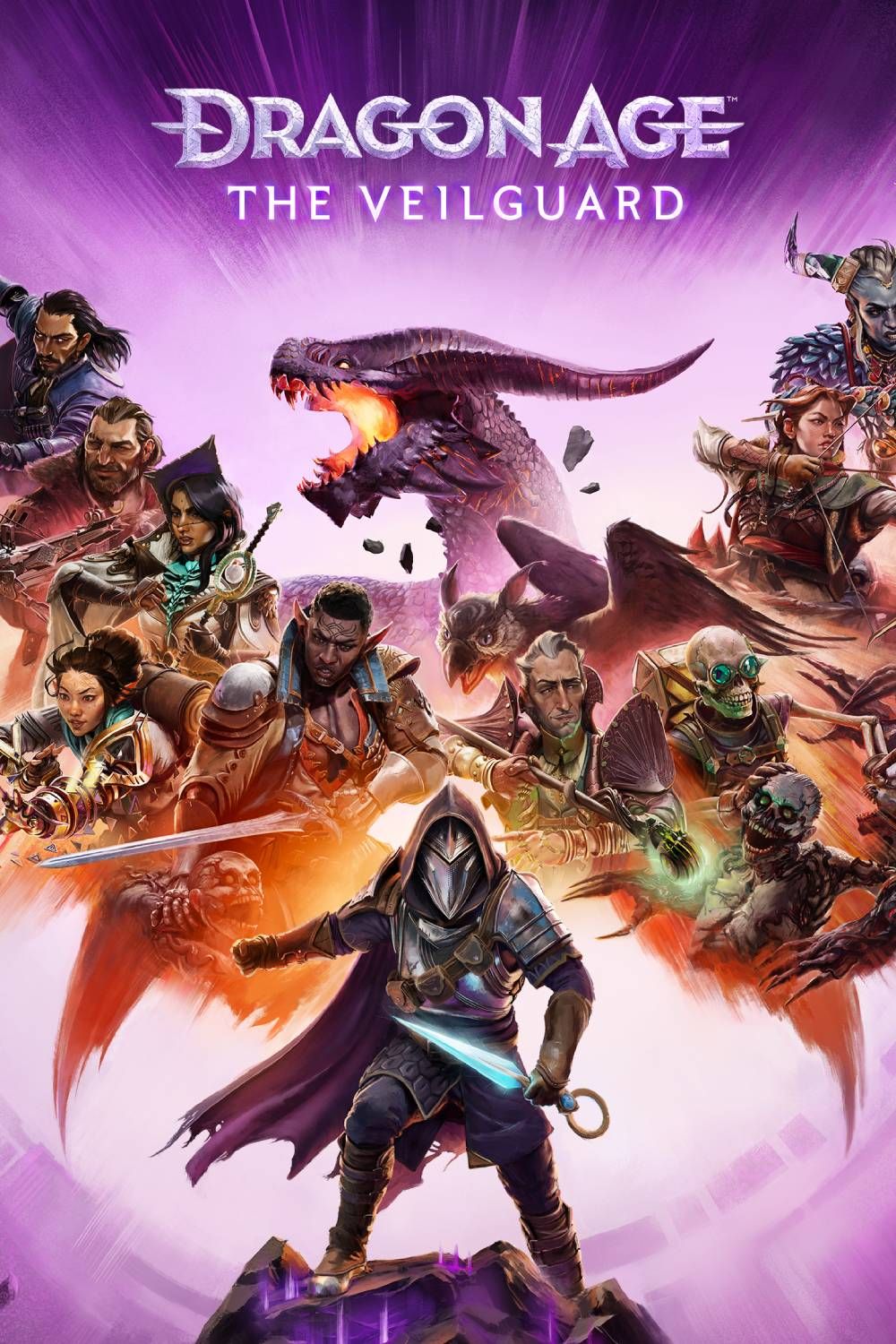
Dragon Age: The Veilguard is the long-awaited fourth game in the fantasy RPG series from BioWare formerly known as Dragon Age: Dreadwolf. A direct sequel to Inquisition, it focuses on red lyrium and Solas, the aforementioned Dread Wolf.
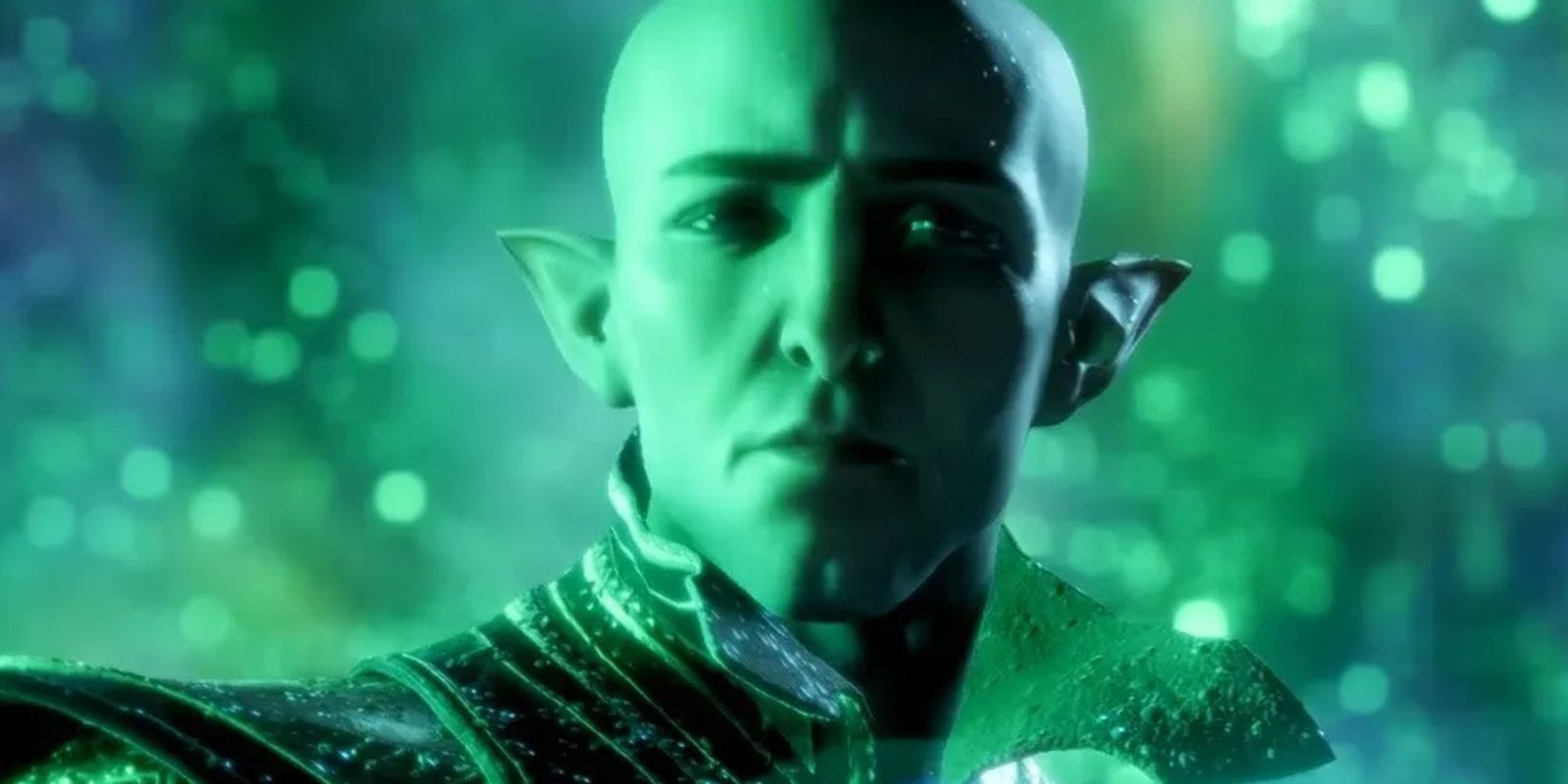
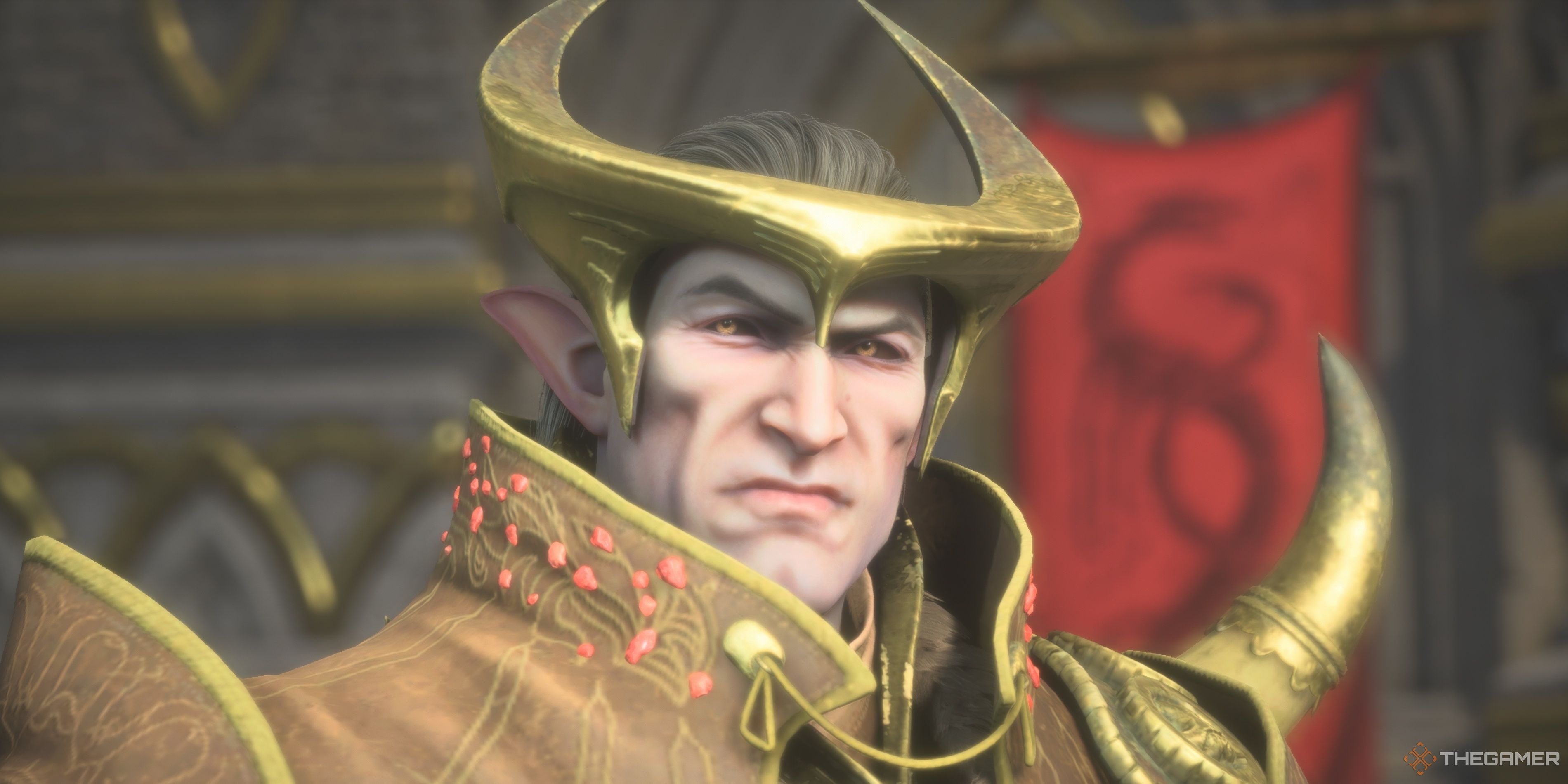
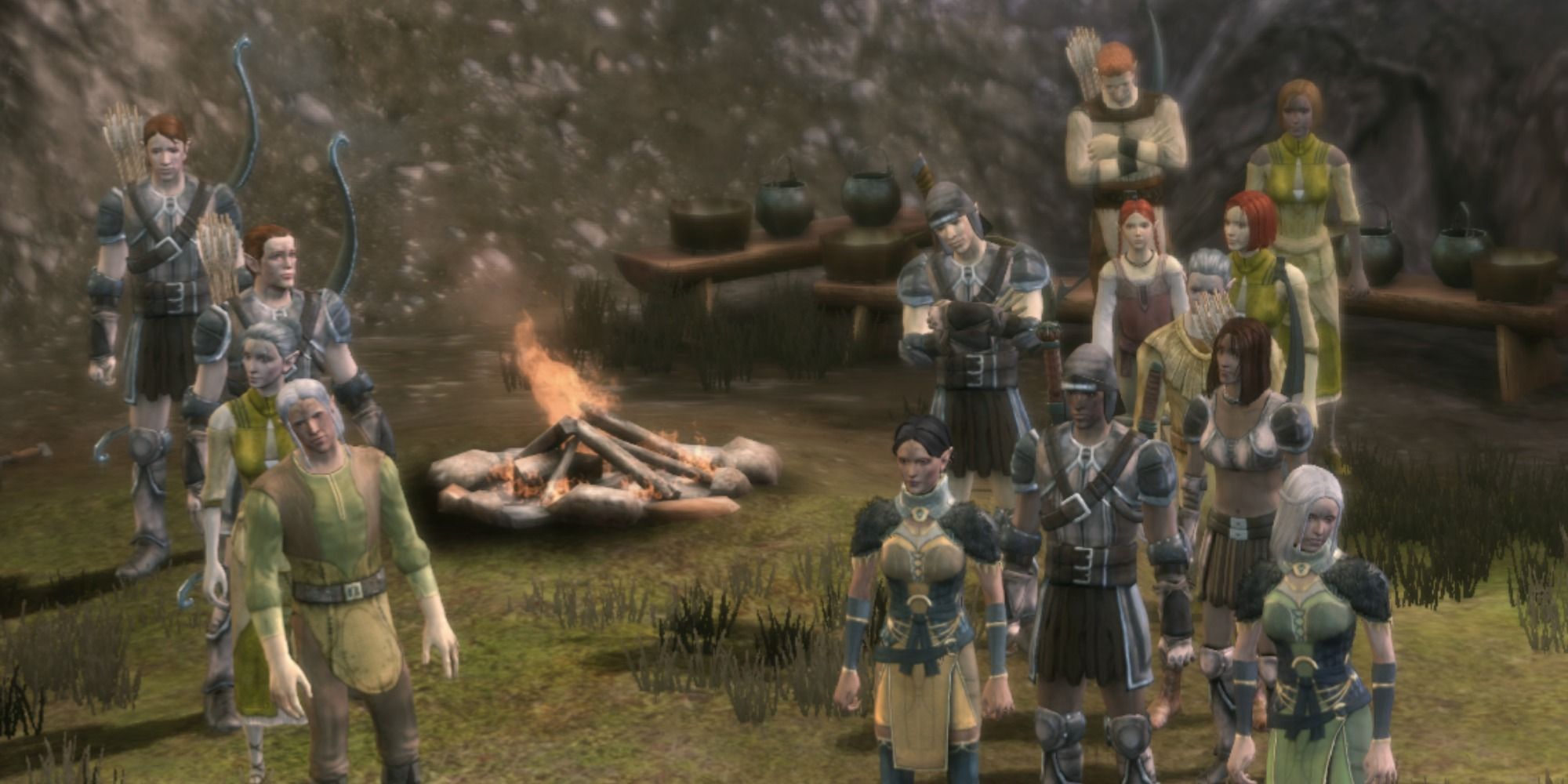
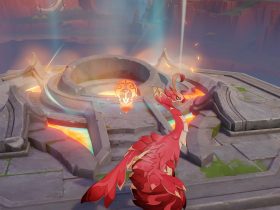

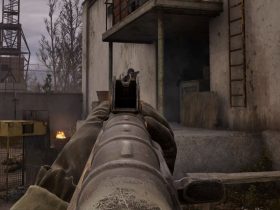
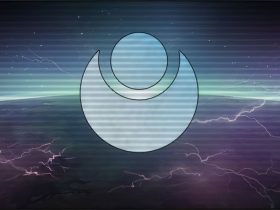
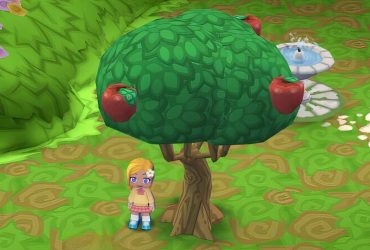
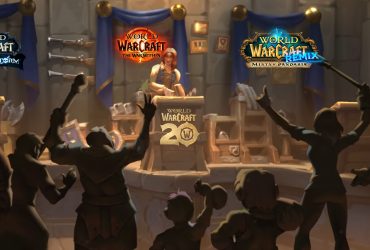
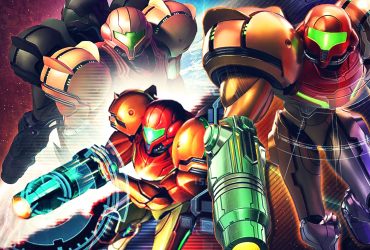
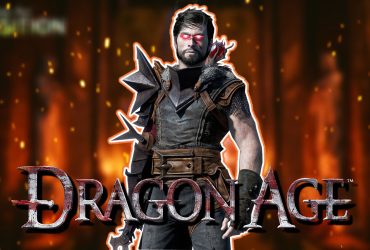
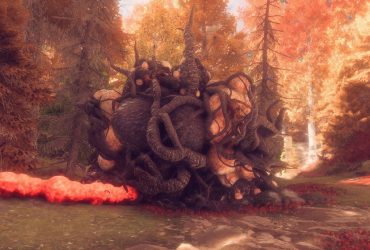
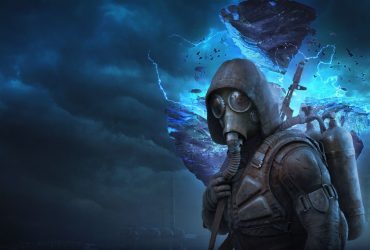
Leave a Reply